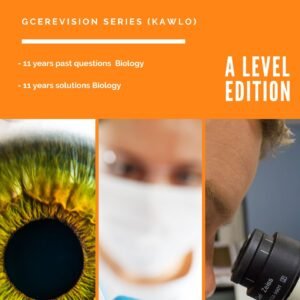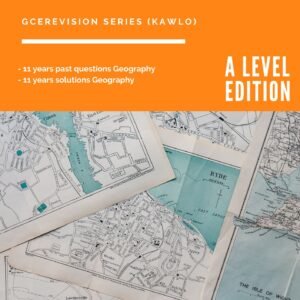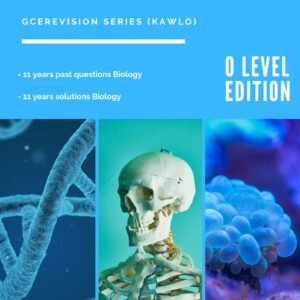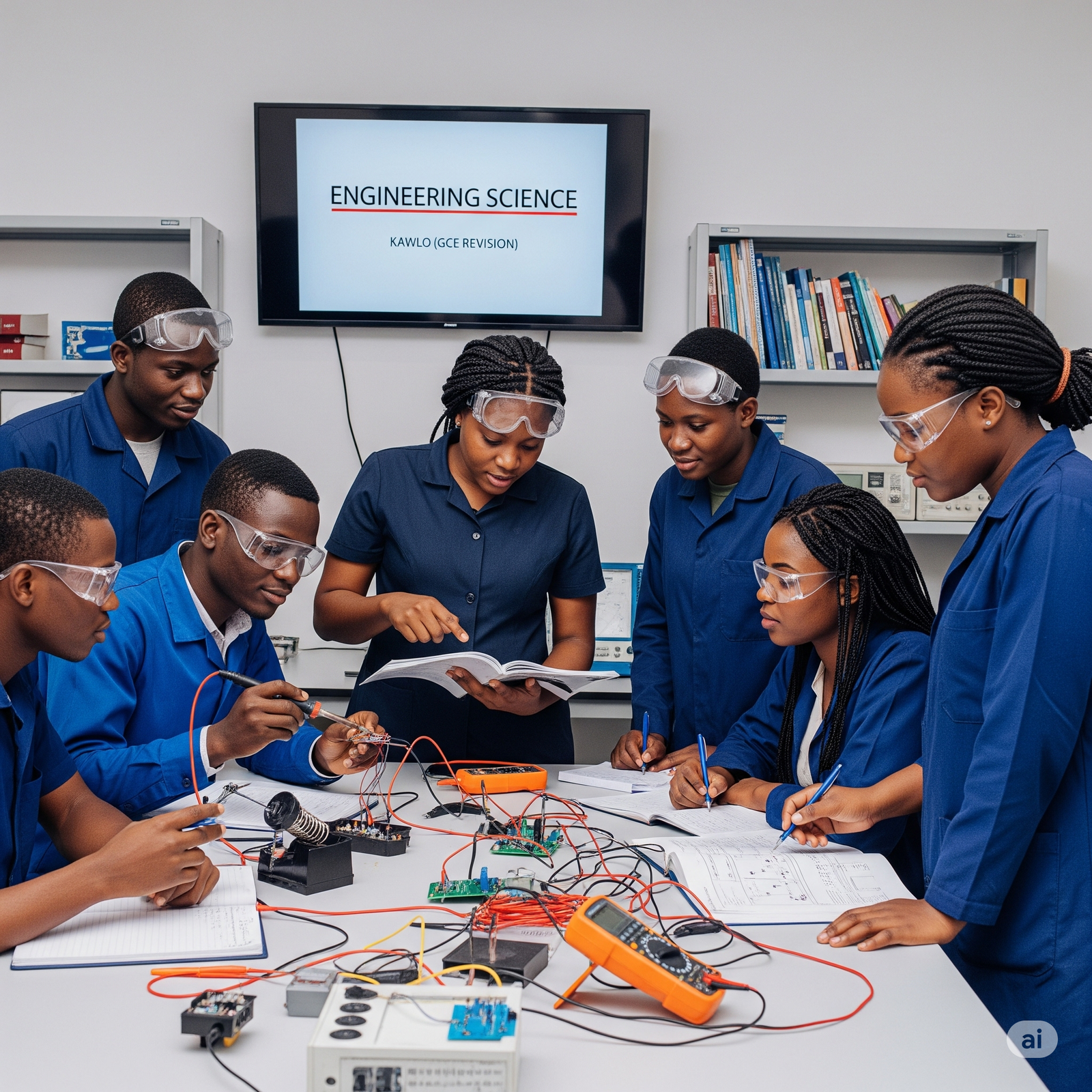CHAPTER THREE
3.0. PHYLUM CNIDERIA OR COELENTERATA
3.1. General Characteristics
- They are diploblastic i.e. their bodies in transverse section comprises of 2 cell large layer. They are separated by a none cellular layer called mesoglea.
- They have stinging cells called nematocysts
- They have tentacles (that is arms around the mouth used for food collection and locomotion.
- They are radially symmetrical examples Hydra, Jelly fish, sea anemone, obelia, sea corals, Portuguese man o’ war.
Most of them are marine but a few such as hydra are fish water. Many are brightly giving them a plantlike appearance. The Portuguese man o’ war is among the mostly deadly predator in the sea.
3.2. TYPICAL CNIDERIAN BODY PLAN
Cnidarian are soft body having tentacles around the mouth while some leaves are single individuals (e.g. hydras) others’ lives as groups of dozens or even thousands of individuals connected into a colony (e.g. obelia). Two possible forms exist, a polyp and a medusa.
A polyp is cylindrical and spends most of its time attached to a surface such as a rock (i.e. it is sessile)
A medusa on the other hand is umbrella-shaped, is free-swimming and floats on water i.e. it is sedentary

Fig: diagram of a polyp and medusa Cnideria
The existence of an organism in more than one body form is called polymorphism. Some cnidarians like sea anemone and hydra are polyps while others like jelly-fish are Medusa. Obelia poses both forms and these alternate during one life cycle. This is called metagenesis.
Cnidarians are said to exhibit the tissue level of organization. This means that their cells are specialized into tissue but the tissues are not organized into organs and systems. Hence Cnidarians lack systems such as those for respiration, excretion, reproduction, and circulation. They depend on simple diffusion for substances to move through their bodies. This is because they have a high surface area to volume ratio.
3.3. NUTRITION IN CNIDERIANS.
Cnidarians are carnivorous, they capture and eat smaller animals using their nematocysts found in their tentacles. Each nematosis is a poison filled sack containing a tightly coiled spring. To capture prey the cnidarian, uncoil the spring and stings the prey to paralysis or dead. Then using it tentacles, it pushes the food into the enteron through the mouth. The food is then gradually broken down into pieces. This is extracellular digestion. Next special cells in the gastrodermis take up this food pieces for intracellular digestion to continue. The nutrients are finally transported around the body by simple diffusion. Any undigestible residues are expelled through the mouth.
3.4. CORDINATION IN CNIDERIANS.
Cnidarians poses no brain. However, nerves cells are concentrated around the mouth area, and their branches spread through their bodies forming a nerve net. The branches of this net connect with various special cells of the body such as the nematosis and the sensory cells in the epidermis. The sensory cells are sensitive to stimuli like light, heat, and food. While the nematosis can respond by releases toxins upon prey. There are others cells in the endoderm and the ectoderm which are able to contract like muscles fibrils. Their contraction results in locomotion.
3.5 REPRODUCTION IN CNIDERIANS
In cnidarians such as obelia exhibits polymorphism i.e. it exists both as a polyp and a medusa. These two forms alternate in a life cycle of the same organism (metagenesis) both forms are able to reproduce. The polyp reproduces asexually by budding off medusae while the medusae reproduce sexually by producing male and female gamete which fuse (fertilization) to produce larvae which develops in polyps.
Obelia also exhibits colonial life i.e. many organisms are linked up into one colony like the branch of a tree. The polyp and the medusae forms are present in one colony and different polyp forms also exists egg feeding polyps and reproductory polyps.
3.6 LIFE CYCLE OF CNIDERIANS

Fig: life cycle of obelia
3.7. CLASSIFICATION OF CNIDERIAN
| CLASS | HYDROZOA | SCYPHOZOA | ANTHOZOA |
| Dominant form | Polyp | Medusa | Polyp, no medusa |
| Form of existence | Solitary / colonial | Solitary | Some solitary others colonial |
| Examples | Hydra and obelia | Jelly fish | Sea anemones corals |














